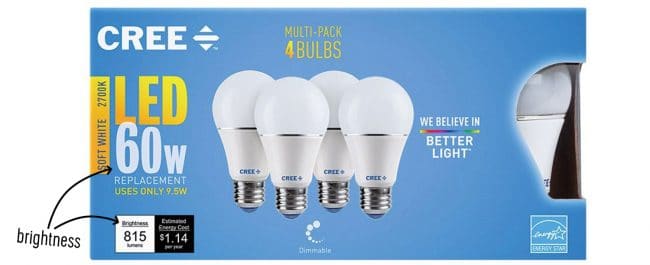
It's also pretty decent on dimmer switches. Add in the price of the bulb itself, and it's still about half of what you would spend to run a 100-watt incandescent over the same period of time. Use it for 3 hours a day, every day, and it'll add just $1.74 to your yearly energy bill. For starters, it was the most efficient bulb I tested, putting out 1,574 lumens of yellowy brightness from a power draw of just 14.5 watts, good for 108.6 lumens per watt. That makes it the least expensive 100-watt replacement bulb I've ever tested, and while it isn't without a few minor shortcomings, it's easily good enough to offer outstanding value. Head to Lowe's, and you'll see bulbs like that from Utilitech - including a 100-watt replacement LED that currently sells in a two-pack for less than $10. After dozens of hours spent testing, here's what I found, starting with the best of the bunch.īest value pick: Utilitech 100W Replacement LEDĭimmable 100-watt replacement bulbs from big names such as Philips, GE and Cree will currently cost you about $13 apiece, but in a lot of cases you can save some money by going with a smaller brand. With that question in mind, I set out to my local lighting aisles in search of every 100-watt replacement LED I could get my hands on.
60 w equivalent led warm light cree upgrade#
That makes it the perfect time to upgrade your light bulbs - but which ones are right for your home? They're also more affordable than you might think - while 100-watt replacement LEDs were retailing for $20 or more only a few years ago, prices have fallen to the point where you can find decent dimmable options for less than $5 each. Swap one in for the kind of incandescent bulb they're designed to replace, and you'll save an average of about $10 per year in energy costs. They promise just as much brightness as those old-school incandescents while using a fraction of the energy. That's why you'll find plenty of "100-watt replacement" LEDs in your local store's lighting aisle. The thing is, most 100-watt incandescents have long been phased out due to rising efficiency standards.


If you want something brighter, you upgrade to, say, a 100-watt bulb.

Most folks think of 60-watt light bulbs as the basic standard for common household lighting.


 0 kommentar(er)
0 kommentar(er)
